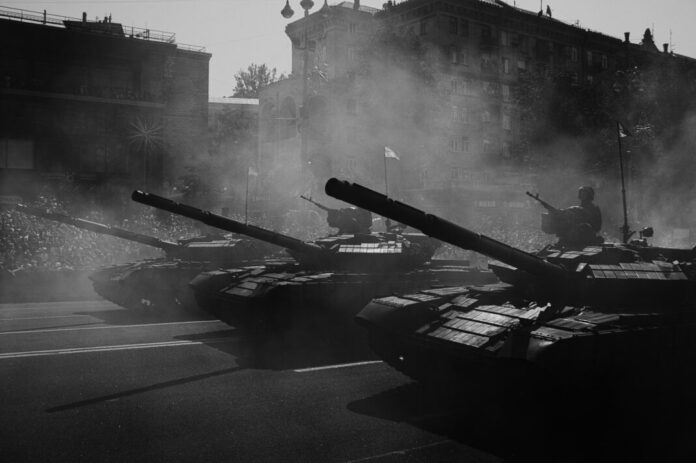Under the chandeliers of the Norwegian embassy in Moscow, there were plates loaded with caviar and tall champagne glasses on the tables. It was decorated for the party. Norwegian fish exporters toasted with their biggest Russian customers. In 2006, Russia was Norway’s largest seafood customer. Ten per cent of sales went to the giant in the east.
The years that followed were to be marked by turbulence and diplomatic complications. The startling discovery of heavy metals in Norwegian salmon. Frequent visits – and greasing – of Russian inspectors. Market access for the few. Slim export volumes. Lost opportunities.
In August 2014, it all culminated in a ban on salmon imports to Russia, a response to Western sanctions in the wake of the Crimean crisis and the shooting down of a Malaysian passenger plane.
Cold or hot war?
Seven years later, the trade entanglement has not been resolved. And a solution is years away.
Today’s security situation is similar to the iciest periods during the Cold War. Somewhere between 90,000 and 100,000 Russian soldiers, supported by tanks and artillery, are marching near the border with Ukraine.
They are ready for battle.
Woah. Video of #Russia-n tanks transported to #Ukraine border in city of Voronezh on Thursday.
US warned EU that Putin may be planning an invasion of Ukraine (Bloomberg); head of CIA was just in Moscow: pic.twitter.com/r9Lhf6fngv
— Joyce Karam (@Joyce_Karam) November 12, 2021
Will there be a war? Or is Russia just testing NATO’s readiness and willingness to stand up for a friendly neighbour? Meanwhile China is enacting a similar posture in respect to Taiwan.
Threat
Ukraine seeks to strengthen ties with the West, with the EU and NATO, but is not a member of any of these organisations. The country seeks to move towards security and prosperity. Out of the Kremlin’s tight grip.
Russia will stop this at all costs – to prevent what was – until the collapse of the USSR – the second most important member of the Soviet Commonwealth passing to the historical enemy.
For a country that has been attacked from the west and burned down three times since 1812, this is a nightmare scenario. Enemy armored divisions a few hundred kilometers from Moscow are enough to prevent Putin sleeping at night.
Situation around #Ukraine–#Russia border where Russia has deployed 1200 tanks and 1600 artillery guns. pic.twitter.com/ZA5Jew6l7T
— Saptak Mondal (@saptak__mondal) December 12, 2021
NATO’s article five states that an armed attack on one or more of the Allied States shall be regarded as an attack on all of them, but as Ukraine is not a member of NATO, a Russian invasion will not trigger an armed response from the alliance.
But that does not prevent NATO countries from being able to support Ukraine indirectly militarily and economically. President Putin knows this, and will hardly want a repeat of the extremely costly defeat in Afghanistan – an important contributing factor in the collapse and disintegration of the Soviet Union shortly after.
Damage
In addition to the expected extensive loss of life and property damage, the most immediate damage from a possible war between Russia and Ukraine will be that Putin will cut off the gas supply to the EU. This is a scenario that is not at all priced into the forward curves of the European energy market.
.#Russian tanks T-80, T-72 and ACS MSTA-S on the border with #Ukraine
Undated Visual#Russia pic.twitter.com/3r0D7xG2xd
— Kaala_Nag (@Kaala_Nag) December 12, 2021
In this sense, market access for salmon is small potatoes. In any case, Russia today is a market that devours close to 150,000 tons of salmon annually. Although the country’s farmers, with the blessing of the Kremlin, are working hard to become self-sufficient, they are at least a decade away from realising that goal. For now, they have to settle for canned and frozen wild salmon from the Pacific Ocean.
A war of aggression is not a lasting solution to anything. The road to prosperity is through trade and respect for its neighbours – including Russia.

